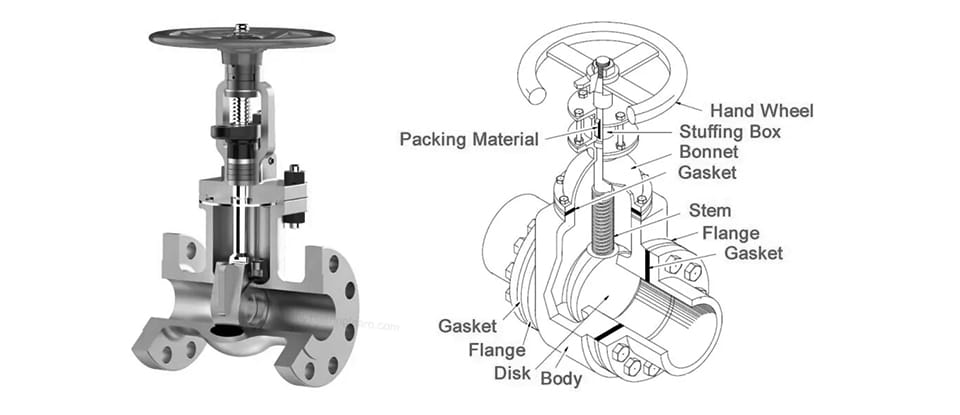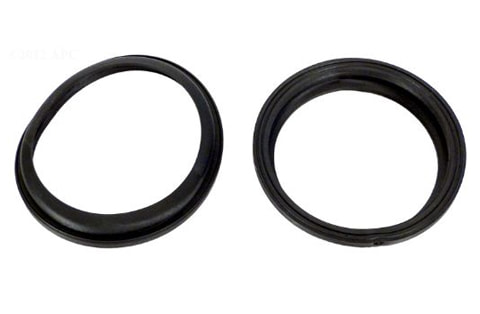Case
Home / Case / Experience / Seven factors affecting gasket & packing seals

Case

There are seven main factors affecting gasket and packing seals as follows.
The shape and surface roughness of the sealing surface have a certain influence on the sealability, with a smooth surface conducive to sealing. Soft gaskets are not sensitive to surface conditions due to their ease of deformation, while for hard gaskets, surface conditions have a great impact.

The larger the contact width between the sealing surface and the gasket or packing, the longer the path required for fluid leakage and the greater the flow resistance loss, thus facilitating the seal. However, at the same compression force, the larger the contact width, the lower the sealing pressure. Therefore, the appropriate contact width should be sought according to the material of the seal.
The viscosity of the liquid has a great impact on the packing and gasket sealing, viscosity of the fluid due to its poor mobility and easy to seal. The viscosity of the liquid is much greater than that of the gas, thus the liquid is easier to seal than the gas. Saturated steam because it will condensate droplets and block the sealing surface between the leakage channel, and therefore easier to seal than superheated steam.
The larger the molecular volume of the fluid, the easier it is to be blocked by the narrow sealing gap, thus easy to seal. The wetting of the seal material by the fluid also has an effect on the seal. Easy to infiltrate the liquid, due to the capillary effect of the gasket and packing internal microporous and easy to produce penetration leakage.
The temperature level affects the viscosity of the fluid and thus has an impact on the sealing. Temperature rises, the liquid viscosity decreases, but also gas viscosity increases. On the other hand, changes in temperature often cause deformation of sealing components and easy to cause leakage.
Soft materials are easy to produce elastic or plastic deformation due to its preload, thus blocking the channel of fluid leakage and thus conducive to sealing; however, soft materials generally cannot withstand the action of high-pressure fluids. Seal material corrosion resistance, heat resistance, denseness, hydrophilicity, etc. have a certain impact on the seal.


The normal force on the unit contact surface between the sealing surfaces is called the sealing pressure, the size of the sealing surface pressure is an important factor affecting the sealing of the gasket or packing. Usually, by applying preload to the sealing surface to generate a certain specific pressure, the seal is deformed to reduce or eliminate the gap between the sealing contact surfaces, preventing the passage of fluid to achieve the purpose of sealing. It should be noted that the effect of fluid pressure can cause a change in the specific pressure at the seal face.
The increase in specific pressure of the sealing surface is beneficial to sealing, but is limited by the extrusion strength of the seal material; for dynamic seals, the increase in specific pressure of the sealing surface will also cause a corresponding increase in frictional resistance.
The vibration of the piping system, the deformation of the connecting components, the offset of the installation position, etc. will produce additional forces on the seal, which will have a detrimental effect on the seal. Vibration, in particular, will cause cyclical changes in the compression force between the sealing surfaces, causing the connecting bolts to slacken and thus causing seal failure.
The causes of vibration may be external or due to fluid movement within the system. To make the seal reliable, the above factors must be carefully considered, and the manufacture and selection of gaskets and packing is of paramount importance.